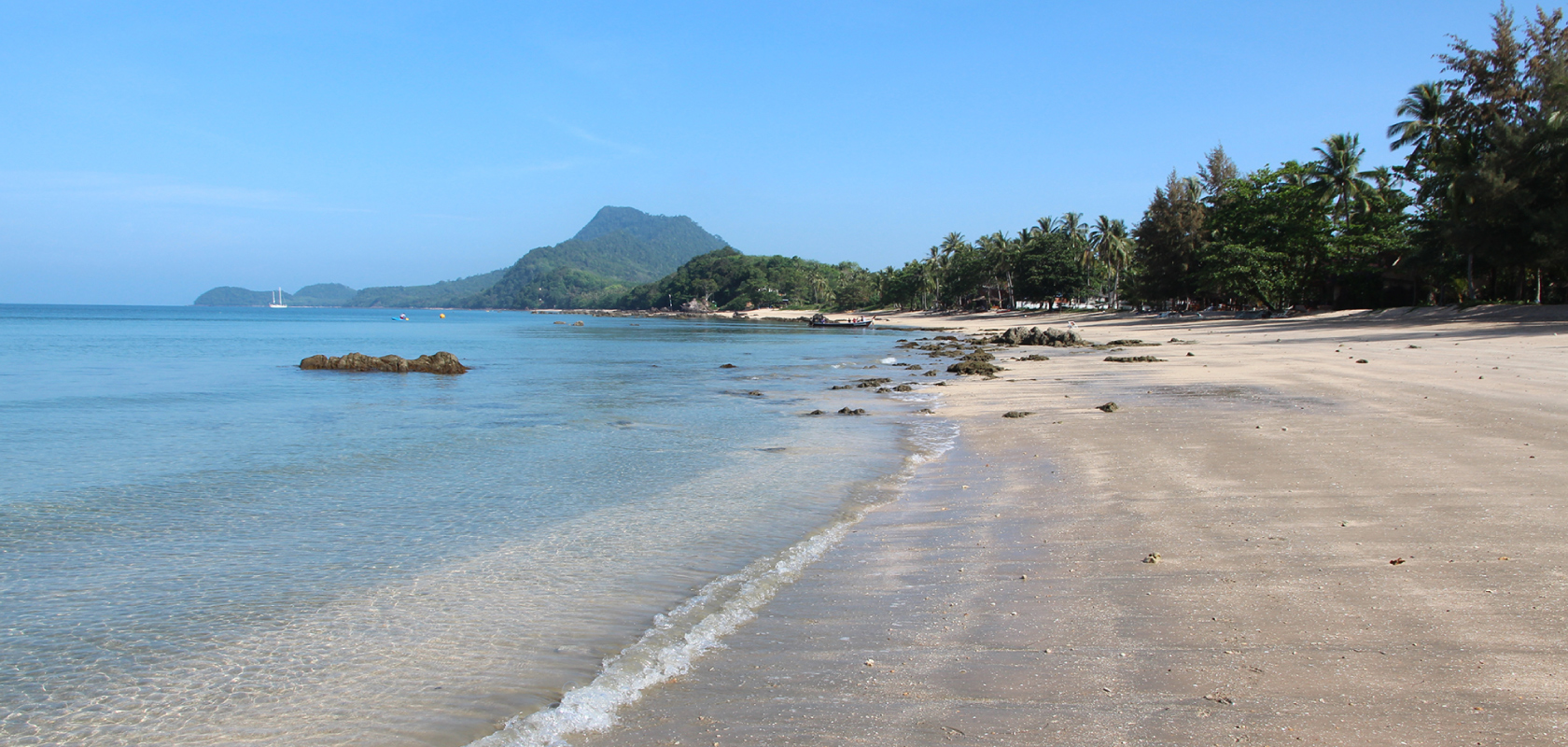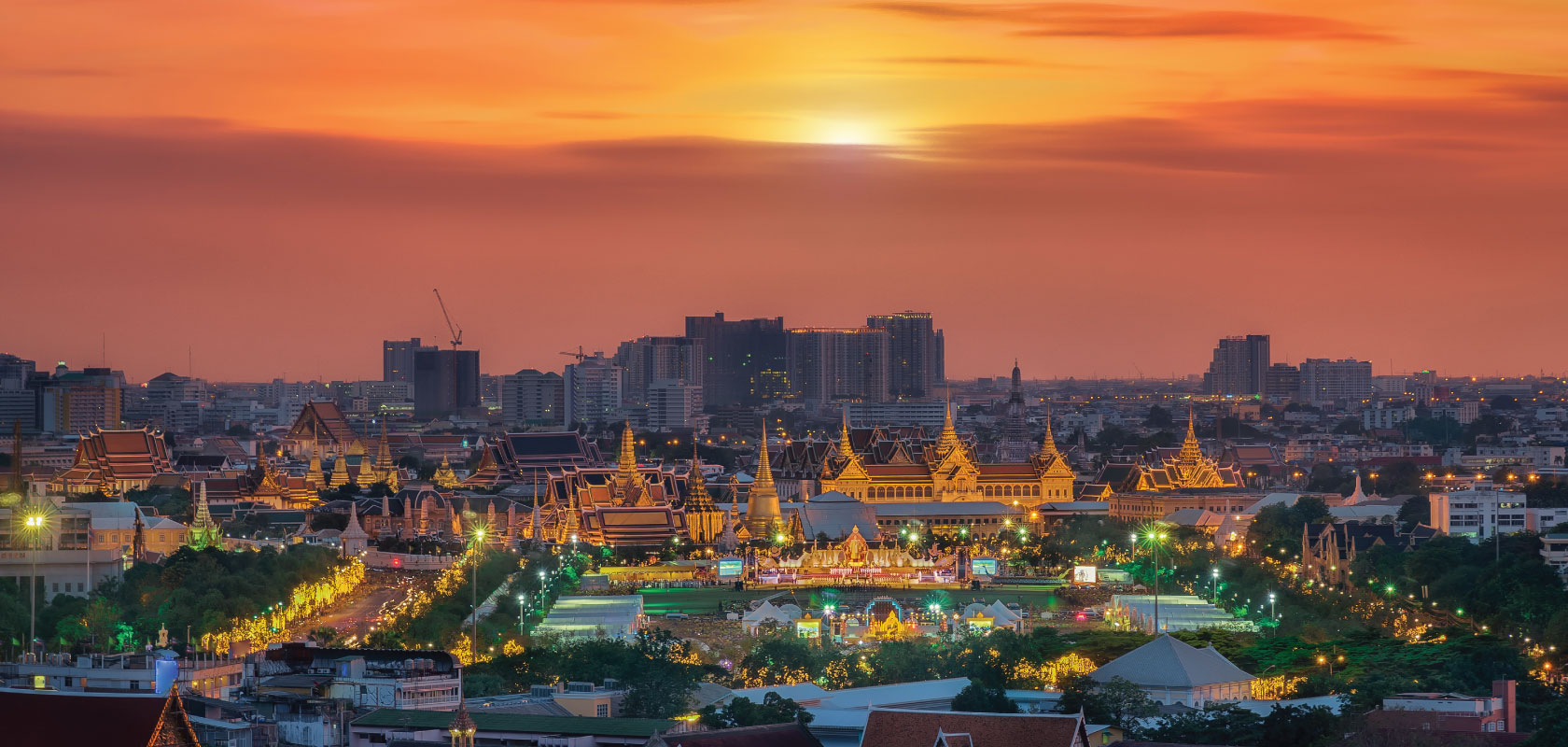While it’s no secret that Thailand’s southern islands attract millions of visitors each year, there are still hidden destinations to discover that haven’t been built up by the tourism industry as Sam Vincent, Diethelm Travel Thailand’s Key Account Director, found out on a recent trip to Krabi province.
Krabi is an easy-to-access destination in southern Thailand that also acts as a gateway to popular nearby tropical paradises such as Koh Phi Phi, Koh Lanta and Ao Nang. But Krabi is also a great jumping off point for two lesser-known places: Koh Jum and Koh Klang. Although I would love to keep these two places my little secret, it’s also hard not to share my experiences with those looking for unspoilt paradises.
What to Do on Koh Jum Island
One of the least visited islands in Thailand lies in the Andaman Sea just 25 kilometres south of Krabi. It has two names: locals refer to the north of the island as Koh Pu (meaning ‘crab’) and the south of the island as Koh Jum. For being so close to the major tourist hubs, Koh Jum still retains a rustic appeal because of its limited electricity, few cars and friendly locals who inhabit the three small Muslim fishing villages. This island has an extremely laidback atmosphere and its long, sandy west coast beaches are practically empty, even during peak season.
Koh Jum is a favourite with guitar-strumming travellers and families looking to avoid the party crowd. There are just a handful of local restaurants and beach bars outside of the hotels and there’s a small road that runs through the centre of the island offering pleasant cycling opportunities. Many of the remote beaches are only accessible by walking trails and swimming is extremely safe along almost the entire length of the west coast even during high tide.
[showimage url1=”https://www.diethelmtravel.com/wp-content/uploads/2017/05/Koh_Jum_LLong.jpg”]
Great Places to Stay on Koh Jum
Two gorgeous properties that I recommend are the 4.5-star Koh Jum Beach Villas and the 3.5-star Koh Jum Lodge, which are both located on Golden Pearl Beach.
Koh Jum Beach Villas are strikingly built using natural materials. The interiors are spacious, very comfortable and tastefully furnished with no expense spared and a very high standard of finish. They range from one to five bedrooms, with and without pools, beach or garden locations, and are situated on a staggering 700-metre stretch of beachfront. Despite modern day comforts, there are no TVs. The majority of the rooms do not have air-conditioning and instead are kept cool through the natural breeze or in-room fans.
The other accommodation, Koh Jum Lodge, is set back from the beach in a tropical garden setting with coconut palm trees and other tropical foliage. The spacious cottages evoke a Robinson Crusoe deserted island feel and are constructed and decorated using local materials such as bamboo, cotton, rattan and wood. These cottages also stay cool through a natural breeze or a fan. There is an onsite restaurant that serves a very high standard of Thai, French and Mediterranean cuisine and seafood, as well as a small bar, a relaxing outdoor sitting area, a small swimming pool and a traditional Thai massage sala.
How to Get from Krabi to Koh Jum
Once you’ve landed at the Krabi Airport, take a 35-minute van or bus ride to the Laem Kruat Pier in Ao Nang. Through either hotel, arrange for a private 45-minute longtail boat ride from the pier to the Mutu Pier on Koh Jum. Both hotels are less than 10 minutes away once you’ve arrived on the island.
[showimage url1=”https://www.diethelmtravel.com/wp-content/uploads/2017/05/Large.jpg” url2=”https://www.diethelmtravel.com/wp-content/uploads/2017/05/Koh_Jum_Small.jpg”]
Koh Klang
Koh Klang is not your classic tropical island but a traditional Muslim fishing community located close to Krabi Town. Visitors can experience the daily lives of the 5,000 local inhabitants going about their batik making, fishing and rice farming tasks.
Despite its close proximity to modern day Krabi, Koh Klang takes visitors a step back in time and perfect for discovering the ‘untouched’ Thailand. It’s a peaceful car-free island with only motorbikes and samlors driving about, which make it a paradise for cycling. Popular activities include boat trips through the mangroves and bird watching around the estuary.
Where to Stay: Islanda Hideaway Eco-Village Hideaway
The Islanda Eco Village Hideaway is a wonderful place to relax. The bungalow-style lodges have a light, clean feel to them, are spacious and are comfortably air-conditioned. The gardens are extremely well maintained, the bar is sophisticated (and even contains a wine cellar) and the huge swimming pool a great place to cool off.
Nothing is too much trouble from the friendly and obliging management. Local tours can be booked, which include Island Hopping, Mangrove Cruise, Village Tour and bird watching. Daily private or join-in tours can be booked through the eco-village and there are options for tailor-made tours for families interested in making crab or shrimp nets, learning batik, etc.
[showimage url1=”https://www.diethelmtravel.com/wp-content/uploads/2017/05/Koh_Klang_Large.jpg” url2=”https://www.diethelmtravel.com/wp-content/uploads/2017/05/Koh_Klang_Small.jpg”]
How to Get from Krabi to Koh Klang
Koh Klang is just a 45-minute journey from the Krabi Airport to the southern end of the island. First, a hotel minibus will take you on a 30-minute drive to the Krabi Boat Lagoon. This is followed by a 10-minute longtail boat transfer to the Koh Klang Pier and then a 5-minute samlor ride to the Islanda Hideaway Resort.
If you’re coming from the northern end of the island (from the Thara Pier next to Krabi River Marina), take a 5-minute cruise across the Krabi River to the Tha-le Pier on Koh Klang. From there, a free tuk-tuk shuttle service operates from 9:00 to 18:00 and will take you on a 20-minute drive through the peaceful village to Islanda Hideaway Resort.


